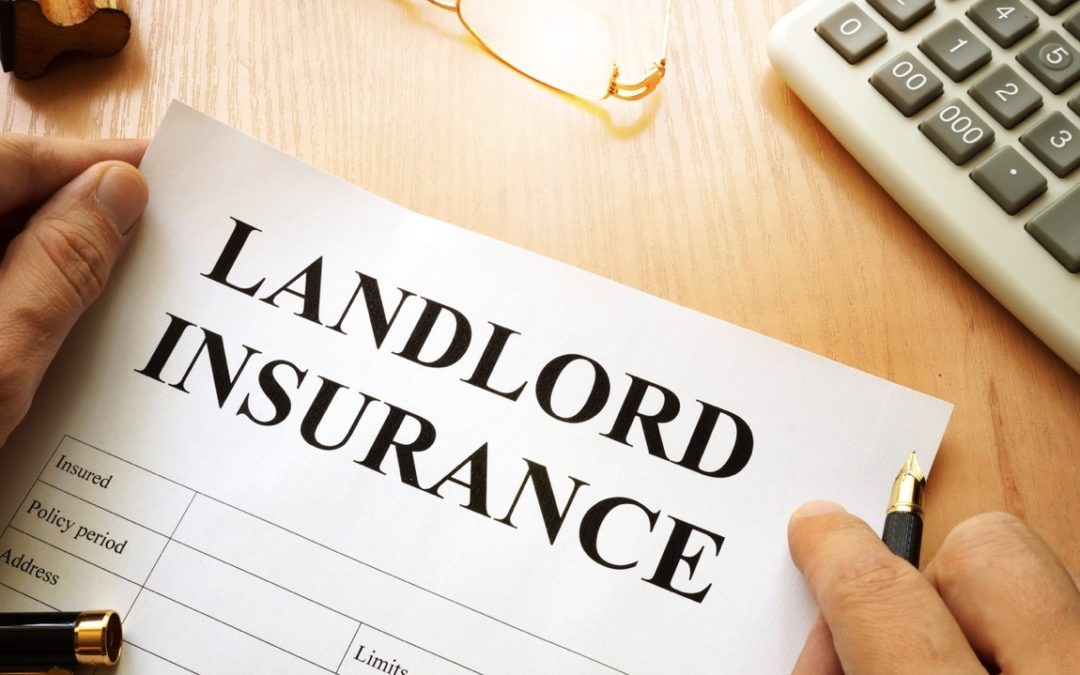Learn where insurance draws the line between a landlord’s responsibility and what the tenant must do for themselves.
Being a New York landlord means taking on a host of potential problems, most of which can be guarded against by the right insurance coverage. It’s a huge responsibility which directly links the landlord to the wellbeing and safety of tenants, their possessions, and the structure itself. Landlord insurance is a must for property owners who want to protect all the above and ensure a steady flow of income.
What core coverage does a landlord need?
A landlord’s two primary insurance concerns are protecting the structure and tenants and covering themselves against liabilities. Making sure the property is structurally sound and fit for human habitation is a no-brainer—few people will want to rent a dilapidated and dangerous space. And beyond the obvious, a well-maintained rental will help guard a landlord against any liability claims.
Landlord insurance comes in three categories: DP-1, DP-2 and DP-3. These increase in coverage as the number goes up, basically providing varying levels of protection that include:
- Covering against Liability Expenses – Landlords who don’t perform regular maintenance checks on every aspect of their property could find themselves sued if a tenant or one of their guests is injured. Landlord insurance helps with court costs, legal fees, and medical costs if a tenant or other individual litigates. A wise landlord will regularly check in with their tenants to ask if any new structural issues have developed, and document the fact that they’ve checked in.
- Covering the landlord’s personal property – This protects the structure itself from damage by tenants and things like fire. It will also cover appliances, carpeting, furnishings, and lighting fixtures which belong to the landlord. Some policies also protect items that are exterior to the structure like a garage, but this usually requires taking out extra coverage.
It may be best for landlords to choose a replacement value policy rather than a cash value one. The former will pay out the original cost for the items, whereas cash value pays only what it would cost today to replace them. Depreciation here could mean a landlord gets back much less than things cost in the past.
Landlords who cover themselves against liability and insure their property are not responsible for other problems which are solely the renter’s responsibility. Damage to the tenant’s possessions, the behavior of their pets, and injuries to themselves or visitors all fall under the protection of renter’s insurance, which tenants ignore at their peril.
Can landlord’s insurance cover more than this?
Yes. Depending on the policy, landlords can also be covered for loss of income if their rental is deemed uninhabitable for tenants over a temporary period. This is commonly known as a Fair Rental Income clause and it can provide income for a landlord for up to a year.
The most diligent landlords will invest in umbrella coverage which offers a great deal more financial protection against liabilities. Worker’s compensation is also possible to add and will help a landlord pay for medical fees if any maintenance staff are injured while on their property.
It’s a good idea for landlords to consider adding natural event coverage to their policy. Some areas of New York are prone to flooding while others are becoming that way. This isn’t covered under a basic plan, so landlords should find out more about flood insurance. Lastly, there is such a thing as terrorism insurance which landlords may feel is necessary, particularly if their property is located in the city.
How much will NY landlord’s insurance cost?
This is a difficult question to answer because there are so many variables. Landlord insurance is always more expensive than standard homeowners insurance due to the increased liability a landlord assumes in their role—but it also offers greater protection to match those responsibilities. The size and age of the rental also contribute to premium costs, as does the type of structure being insured such as a multi-family, a single-family home, a condo, etc.
The location of the rental property will contribute significantly to how much landlord’s insurance will cost. Higher-crime areas or those currently in or expected to become danger areas (for example, flood zones which are an increasing problem for New York) will mean paying higher premiums.
Furthermore, many landlords own multiple properties and may have differing views of how much liability and other coverage they’d like to take on. So many factors make it essential to speak with an insurer who will take your unique rental circumstances into account.
Some ways NY landlords could lower the cost of coverage
Just like with a normal home or a vehicle, the insurer will look more favorably on landlords who take all possible measures to protect or improve their property. You may be eligible for a safety discount if you’ve added security upgrades, for example, like strong door and window locks, smoke alarms, or security cameras.
Landlords who maintain their own home as well as a rental property can choose to insure both with the same company along with any personal or business vehicle(s) they own. Bundling all of these with one insurer typically leads to an overall discount on premiums.
To learn more about being a landlord and to keep up with the latest developments, the Landlordology website is a great source of information and tips. And NICRIS is here to provide you with insurance advice tailored directly to your specific needs.
At NICRIS Insurance, our experienced team reviews every client’s personal circumstances to find the best deal possible. NICRIS Insurance provides a free, personalized review or you can connect with us by dropping us a line!

